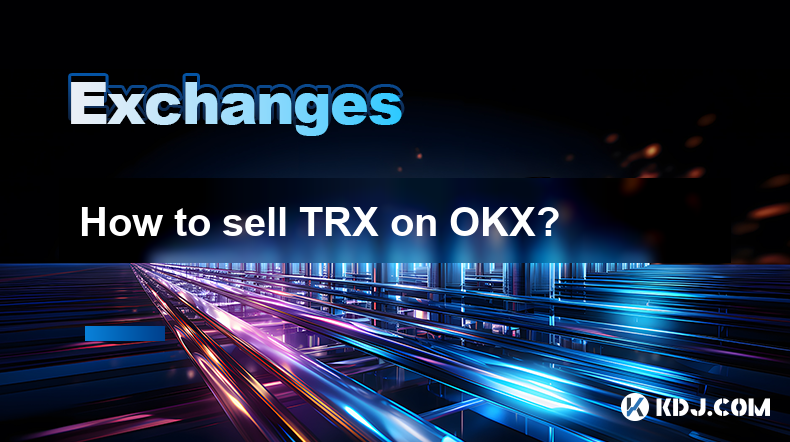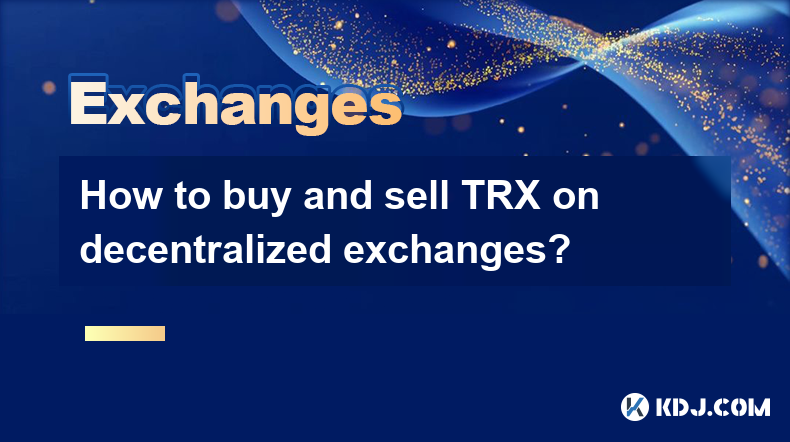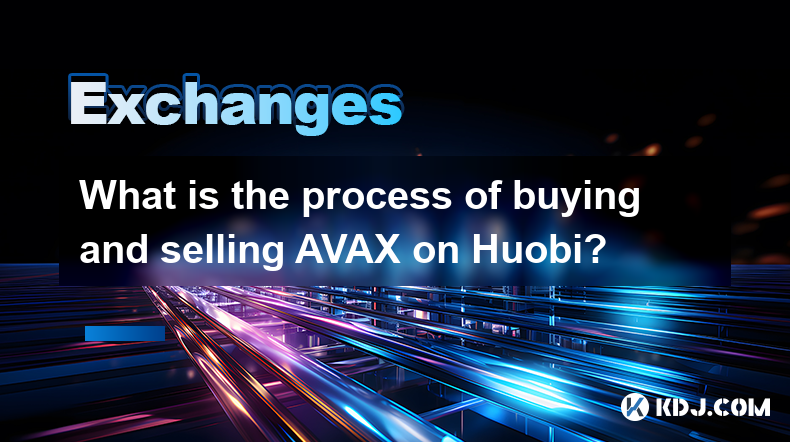-
 Bitcoin
Bitcoin $84,443.4962
0.02% -
 Ethereum
Ethereum $1,582.7330
-0.06% -
 Tether USDt
Tether USDt $0.9999
0.02% -
 XRP
XRP $2.0686
-0.23% -
 BNB
BNB $593.8528
1.03% -
 Solana
Solana $132.9936
0.59% -
 USDC
USDC $0.9999
0.00% -
 Dogecoin
Dogecoin $0.1564
0.96% -
 TRON
TRON $0.2431
-1.93% -
 Cardano
Cardano $0.6164
-0.27% -
 UNUS SED LEO
UNUS SED LEO $9.0553
-0.41% -
 Chainlink
Chainlink $12.5300
1.25% -
 Avalanche
Avalanche $18.9302
-0.72% -
 Toncoin
Toncoin $3.0107
1.98% -
 Stellar
Stellar $0.2425
1.76% -
 Shiba Inu
Shiba Inu $0.0...01211
3.34% -
 Hedera
Hedera $0.1646
2.77% -
 Sui
Sui $2.1145
1.31% -
 Bitcoin Cash
Bitcoin Cash $340.9180
3.02% -
 Polkadot
Polkadot $3.6957
2.54% -
 Litecoin
Litecoin $75.7384
1.29% -
 Hyperliquid
Hyperliquid $16.6328
2.33% -
 Dai
Dai $1.0000
0.01% -
 Bitget Token
Bitget Token $4.3771
1.09% -
 Ethena USDe
Ethena USDe $0.9991
0.01% -
 Pi
Pi $0.6191
1.14% -
 Monero
Monero $217.4632
0.71% -
 Uniswap
Uniswap $5.1739
0.52% -
 OKB
OKB $50.3858
0.05% -
 Pepe
Pepe $0.0...07182
0.25%
What is the appropriate slippage setting on PancakeSwap?
Set slippage on PancakeSwap: 0.1-0.5% for stablecoins, 1-3% for volatile tokens, and 5-10% for new or low liquidity pairs to ensure smooth trades.
Apr 09, 2025 at 01:00 am

What is the appropriate slippage setting on PancakeSwap?
When trading on decentralized exchanges like PancakeSwap, one of the critical settings you need to understand and adjust is the slippage tolerance. Slippage refers to the difference between the expected price of a trade and the price at which the trade is actually executed. Setting the appropriate slippage tolerance is crucial for ensuring your trades are executed smoothly and at the best possible rates. In this article, we will delve into what slippage is, how it affects your trades on PancakeSwap, and how to set the appropriate slippage tolerance for different types of transactions.
Understanding Slippage on PancakeSwap
Slippage occurs due to the volatility and liquidity of the market. When you place an order, the price of the token can change between the time you submit your transaction and when it is confirmed on the blockchain. If the price moves unfavorably, you might end up buying or selling at a worse rate than you expected. On PancakeSwap, slippage tolerance is a setting that allows you to specify how much price movement you are willing to accept before your transaction is canceled.
Factors Affecting Slippage
Several factors can influence the amount of slippage you experience on PancakeSwap:
- Liquidity: The more liquidity a token pair has, the less slippage you are likely to encounter. High liquidity means there are more tokens available for trading, which can help stabilize prices.
- Volatility: Highly volatile tokens are more prone to significant price changes, which can lead to higher slippage.
- Transaction Size: Larger transactions can cause more slippage because they require more liquidity to be filled.
- Network Congestion: During times of high network activity, transactions may take longer to confirm, increasing the chance of slippage.
Setting Slippage Tolerance on PancakeSwap
To set the slippage tolerance on PancakeSwap, follow these steps:
- Open PancakeSwap: Navigate to the PancakeSwap website and connect your wallet.
- Access Settings: Click on the settings icon (usually represented by a gear or cog) in the top right corner of the interface.
- Adjust Slippage Tolerance: You will see a field labeled "Slippage Tolerance." Here, you can enter a percentage value that represents the maximum slippage you are willing to accept.
Recommended Slippage Settings for Different Scenarios
The appropriate slippage setting can vary depending on the specific transaction you are making. Here are some general guidelines:
- For Stablecoins and High Liquidity Pairs: A slippage tolerance of 0.1% to 0.5% is usually sufficient. These pairs have high liquidity and low volatility, so you can keep the slippage tolerance low.
- For Low Liquidity or Volatile Tokens: You may need to set a higher slippage tolerance, such as 1% to 3%. This helps ensure your transaction goes through even if the price moves significantly.
- For New Token Launches or Very Low Liquidity Pairs: You might need to set an even higher slippage tolerance, such as 5% to 10%. This is because new tokens often have very low liquidity, and prices can be highly volatile.
Adjusting Slippage for Specific Transactions
When you are about to make a trade, you can adjust the slippage tolerance based on the current market conditions and the specific token pair you are trading. Here’s how to do it:
- Check the Current Liquidity: Before setting your slippage tolerance, check the liquidity of the token pair you are trading. You can do this by looking at the liquidity pool on PancakeSwap or using a tool like CoinGecko or CoinMarketCap.
- Monitor Market Volatility: Keep an eye on the price movements of the tokens you are trading. If the market is particularly volatile, you may need to increase your slippage tolerance.
- Test with Small Transactions: If you are unsure about the appropriate slippage setting, start with a small transaction to test the waters. This can help you gauge the right slippage tolerance for larger trades.
Common Mistakes to Avoid
When setting your slippage tolerance on PancakeSwap, there are a few common mistakes you should avoid:
- Setting Slippage Too Low: If you set your slippage tolerance too low, your transaction may fail to execute, especially in volatile markets or with low liquidity pairs.
- Setting Slippage Too High: While setting a high slippage tolerance can increase the chances of your transaction going through, it also means you might end up with a worse price than expected.
- Not Adjusting for Different Tokens: Different token pairs have different liquidity and volatility levels. Make sure to adjust your slippage tolerance accordingly for each trade.
Frequently Asked Questions
Q: Can I set a different slippage tolerance for buying and selling on PancakeSwap?
A: No, the slippage tolerance setting on PancakeSwap applies to both buying and selling transactions. You will need to adjust the setting each time you make a trade if you want to use different slippage tolerances.
Q: How does gas fees affect slippage on PancakeSwap?
A: Gas fees do not directly affect slippage, but they can impact the speed at which your transaction is processed. Higher gas fees can lead to faster transaction confirmation, potentially reducing the chance of slippage due to price changes during the confirmation period.
Q: Is there a way to automate slippage settings on PancakeSwap?
A: Currently, PancakeSwap does not offer an automated way to adjust slippage settings. You will need to manually adjust the slippage tolerance for each trade based on the specific conditions of the market and the token pair you are trading.
Q: Can I use a third-party tool to help set slippage on PancakeSwap?
A: Yes, there are third-party tools and browser extensions available that can help you monitor market conditions and suggest appropriate slippage settings. However, always ensure you are using reputable tools to avoid potential security risks.
Disclaimer:info@kdj.com
The information provided is not trading advice. kdj.com does not assume any responsibility for any investments made based on the information provided in this article. Cryptocurrencies are highly volatile and it is highly recommended that you invest with caution after thorough research!
If you believe that the content used on this website infringes your copyright, please contact us immediately (info@kdj.com) and we will delete it promptly.
- Rare 2p coin which was found in a piggy bank could make hundreds, as expert predict it's worth 20,000 times its High Street value
- 2025-04-18 23:10:13
- AI‑themed cryptocurrencies—led by Bittensor [TAO] and Artificial Super Intelligence Alliance [FET]—surged
- 2025-04-18 23:10:13
- Why Is XRP's Price Stagnant Despite Favorable Legal Outcomes and Expanding Partnerships?
- 2025-04-18 23:05:13
- Despite Positive News, XRP Price Remains Near the $2 Mark, Disappointing Investors
- 2025-04-18 23:05:13
- The shimmer of Ethereum (ETH) beckons once again as an unexpected resurgence in U.S. investors' appetite lights up its bullish prospects.
- 2025-04-18 23:00:13
- Observing valuable coins in your everyday pocket change is like striking gold.
- 2025-04-18 23:00:13
Related knowledge

How to sell TRX on OKX?
Apr 18,2025 at 11:07pm
Selling TRX on OKX is a straightforward process that can be completed in a few simple steps. This article will guide you through the entire process, ensuring that you understand each step thoroughly. Whether you are a beginner or an experienced trader, this guide will help you navigate the OKX platform with ease. Preparing to Sell TRX on OKXBefore you c...

How to buy and sell TRX on decentralized exchanges?
Apr 18,2025 at 08:08pm
Introduction to TRX and Decentralized ExchangesTRX, or Tron, is a popular cryptocurrency that aims to build a decentralized internet and entertainment ecosystem. Decentralized exchanges (DEXs) offer a way to trade cryptocurrencies like TRX without the need for a central authority, providing greater privacy and control over your funds. In this article, w...

What is the process of buying and selling AVAX on Huobi?
Apr 18,2025 at 07:50pm
Understanding AVAX and Huobi Before diving into the process of buying and selling AVAX on Huobi, it's essential to understand what these terms mean. AVAX is the native cryptocurrency of the Avalanche blockchain, a platform designed for decentralized applications and custom blockchain networks. Huobi, on the other hand, is a leading global cryptocurrency...

Digital currency exchange trading volume and reputation ranking in 2025
Apr 18,2025 at 01:38pm
In 2025, trading volume and reputation have become the two key indicators for measuring the quality of the exchange. Trading volume reflects the activity and market acceptance of the exchange, while reputation represents the user's trust and security of the exchange. According to the latest statistics, the trading volume of global digital currency e...

Comprehensive evaluation of the best cryptocurrency exchanges in 2025
Apr 18,2025 at 01:33pm
In 2025, the rapid development of the cryptocurrency market has made competition between exchanges increasingly fierce, and each platform is constantly improving its services and functions to attract more users. Security, transaction fees, user experience and supported cryptocurrencies are the key considerations when choosing an exchange. This article w...

Cryptocurrency Exchange Security and Liquidity Ranking in 2025
Apr 18,2025 at 01:16pm
In 2025, with the continuous development and maturity of the cryptocurrency market, competition among exchanges has become increasingly fierce, and security and liquidity have become important indicators for measuring the quality of exchanges. Security not only includes the exchange's technical protection measures, but also covers its compliance and...

How to sell TRX on OKX?
Apr 18,2025 at 11:07pm
Selling TRX on OKX is a straightforward process that can be completed in a few simple steps. This article will guide you through the entire process, ensuring that you understand each step thoroughly. Whether you are a beginner or an experienced trader, this guide will help you navigate the OKX platform with ease. Preparing to Sell TRX on OKXBefore you c...

How to buy and sell TRX on decentralized exchanges?
Apr 18,2025 at 08:08pm
Introduction to TRX and Decentralized ExchangesTRX, or Tron, is a popular cryptocurrency that aims to build a decentralized internet and entertainment ecosystem. Decentralized exchanges (DEXs) offer a way to trade cryptocurrencies like TRX without the need for a central authority, providing greater privacy and control over your funds. In this article, w...

What is the process of buying and selling AVAX on Huobi?
Apr 18,2025 at 07:50pm
Understanding AVAX and Huobi Before diving into the process of buying and selling AVAX on Huobi, it's essential to understand what these terms mean. AVAX is the native cryptocurrency of the Avalanche blockchain, a platform designed for decentralized applications and custom blockchain networks. Huobi, on the other hand, is a leading global cryptocurrency...

Digital currency exchange trading volume and reputation ranking in 2025
Apr 18,2025 at 01:38pm
In 2025, trading volume and reputation have become the two key indicators for measuring the quality of the exchange. Trading volume reflects the activity and market acceptance of the exchange, while reputation represents the user's trust and security of the exchange. According to the latest statistics, the trading volume of global digital currency e...

Comprehensive evaluation of the best cryptocurrency exchanges in 2025
Apr 18,2025 at 01:33pm
In 2025, the rapid development of the cryptocurrency market has made competition between exchanges increasingly fierce, and each platform is constantly improving its services and functions to attract more users. Security, transaction fees, user experience and supported cryptocurrencies are the key considerations when choosing an exchange. This article w...

Cryptocurrency Exchange Security and Liquidity Ranking in 2025
Apr 18,2025 at 01:16pm
In 2025, with the continuous development and maturity of the cryptocurrency market, competition among exchanges has become increasingly fierce, and security and liquidity have become important indicators for measuring the quality of exchanges. Security not only includes the exchange's technical protection measures, but also covers its compliance and...
See all articles
























































































